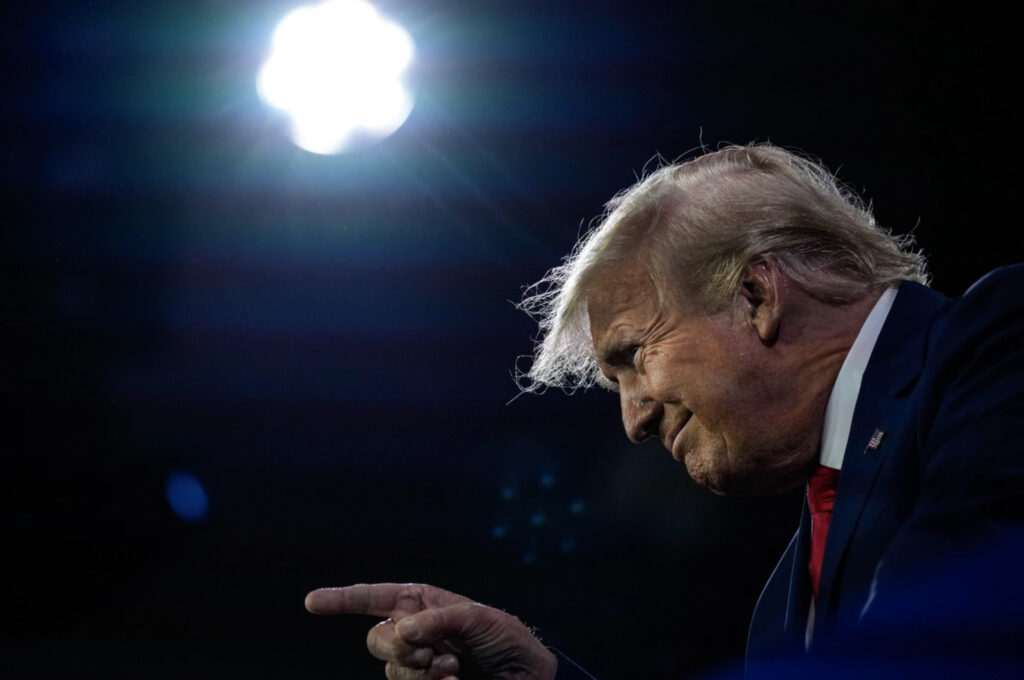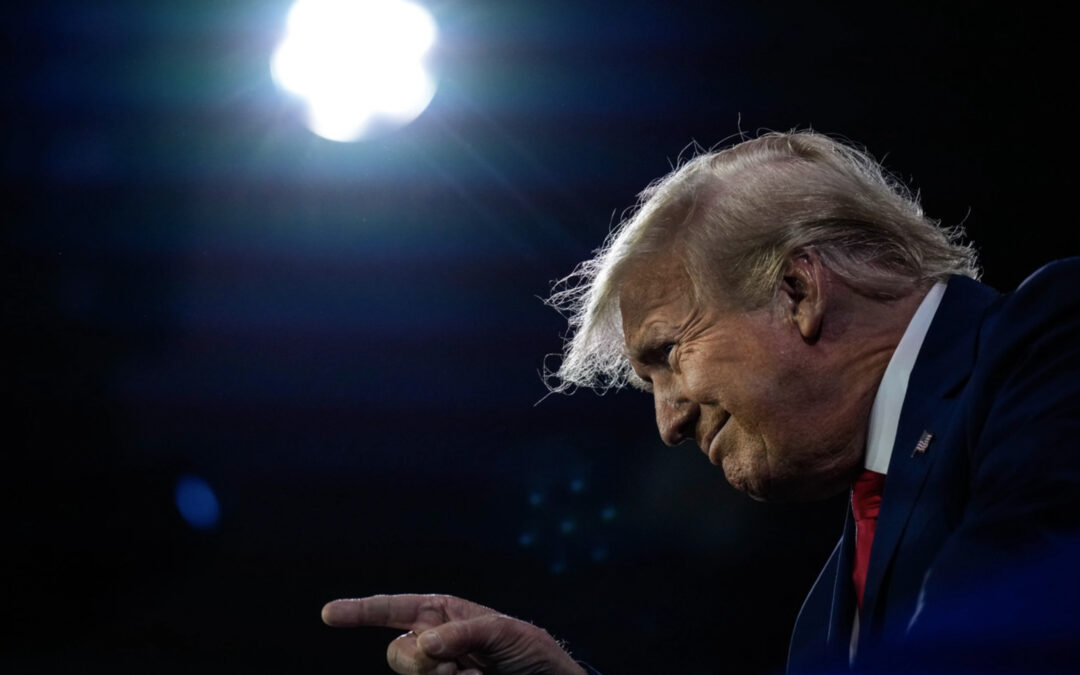
A New Way to Decipher the 2024 Race
From my new article in POLITICO Magazine:
Every presidential election is different. Usually this isn’t because of notable changes to American laws, but because of how American society changes, whether in terms of technology, economics, values and beliefs, or many other factors. Powerful interests and the general public come together in a match of procedure, tactics and raw popularity, not just to determine who should be president, but to remake the rules of the game.
This changing landscape is what presidential candidates must navigate every four years. And in doing so, some candidates far outperform others, often defying all expectations. This is because some candidates are “live players” and others are “dead players.”
The “live player”/“dead player” framework is something I came up with in 2017 when examining recent Silicon Valley companies and I’ve found it useful in economic and political analysis more generally. What’s a live player? A live player is a person or well-coordinated group of people that can do things differently from how they were approached in the past. That’s pretty rare. Most individuals and institutions are “dead players.” They operate off social scripts handed down from previous generations of experts, superiors and exceptional performers. These scripts can be explicit, like the procedures for handling unusual tax situations at the IRS. They can also be implicit, like the way an aspiring tech entrepreneur might imitate how Steve Jobs dressed or spoke. In a presidential race, most of the relevant scripts are implicit. A candidate should appear presidential. A candidate must appeal to the people of Iowa. A candidate may be more extreme during the primaries, since they can pull back to the center later.
Read the rest here.





